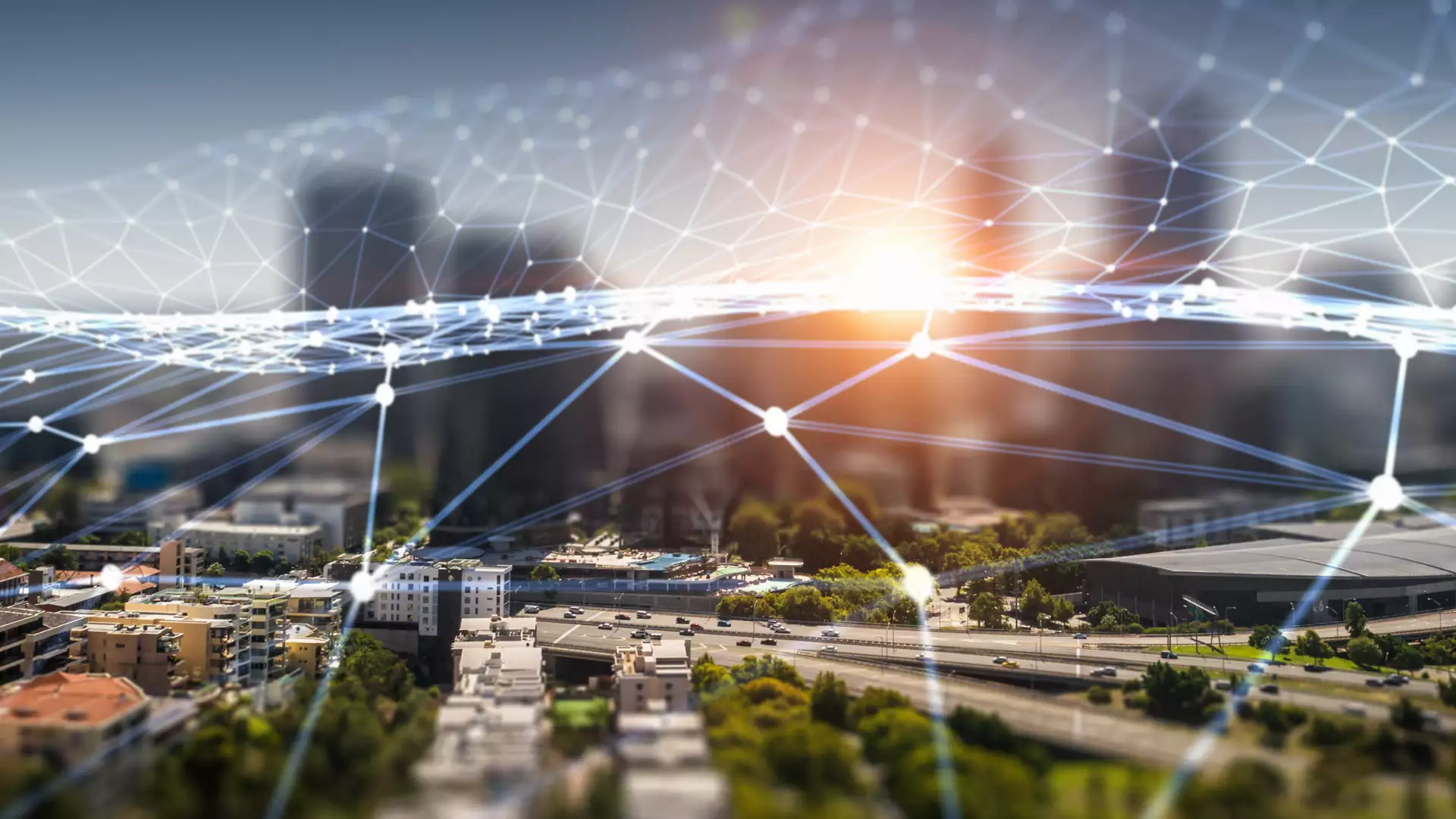Broadband expansion in Germany is progressing, but is lagging behind compared to the EU. This results in particular responsibility for public utilities — but also strategic potential to position themselves as digital infrastructure providers. Efficient processes, strong partners and digital self-service solutions play a central role here.
Broadband in Germany: Starting point and goals
More than 40 million households in Germany currently have a fiber optic connection. According to the management consultancy Baker Tilly at around 19%, however, fibre-optic expansion in Germany is well behind the EU average of 56%. The federal government plans to increase this share to 50% by the end of 2025 and to achieve almost nationwide coverage by 2030. This requires billions of dollars of investment — both public and private.
Public Utilities and Broadband Expansion: Responsibility and Challenges
As regional suppliers, municipal utilities have a special starting position:
They know the infrastructure, have long-standing customer relationships and trust the public. But in the context of broadband expansion, they must be economically, organizationally and technically efficient — for example through digital processes in customer service.
Key challenges for public utilities
- Cost-intensive development: Around 600€ per fibre-optic connection — depending on the number of households, quickly a double-digit million sum for an expansion area.
- Competition for metropolitan areas: Telecommunications companies rely on profitable urban areas; public utilities must actively assert their role there.
- Rural regions: More difficult to develop economically, but with the chance of a very good competitive situation.
- Lack of experience with service products: Low know-how and processes outside the product range of an infrastructure provider.
Driving broadband expansion forward together: Cooperation models for public utilities
Collaborations can accelerate expansion and reduce risks. Suitable models include:
- Partnerships with other public utilities: Joint projects, exchange of experiences, bundled know-how.
- Cooperation with telecommunications providers: Efficient implementation, reduced complexity, use of existing resources.
- Using dark fiber: Rail or energy supplier infrastructure reduces investments.
More than the Internet: New business models through fiber optics
Optical fiber is more than just technology — it is the basis for additional services:
- Combining Internet and energy services: Bundled offers create added value for households.
- Implement smart city concepts: Broadband as the basis for smart cities.
- Expand B2B offerings: Target SMEs and commercial customers.
- Efficient networks: Reduced power consumption and better management with future-proof potential.



.webp)



.webp)







